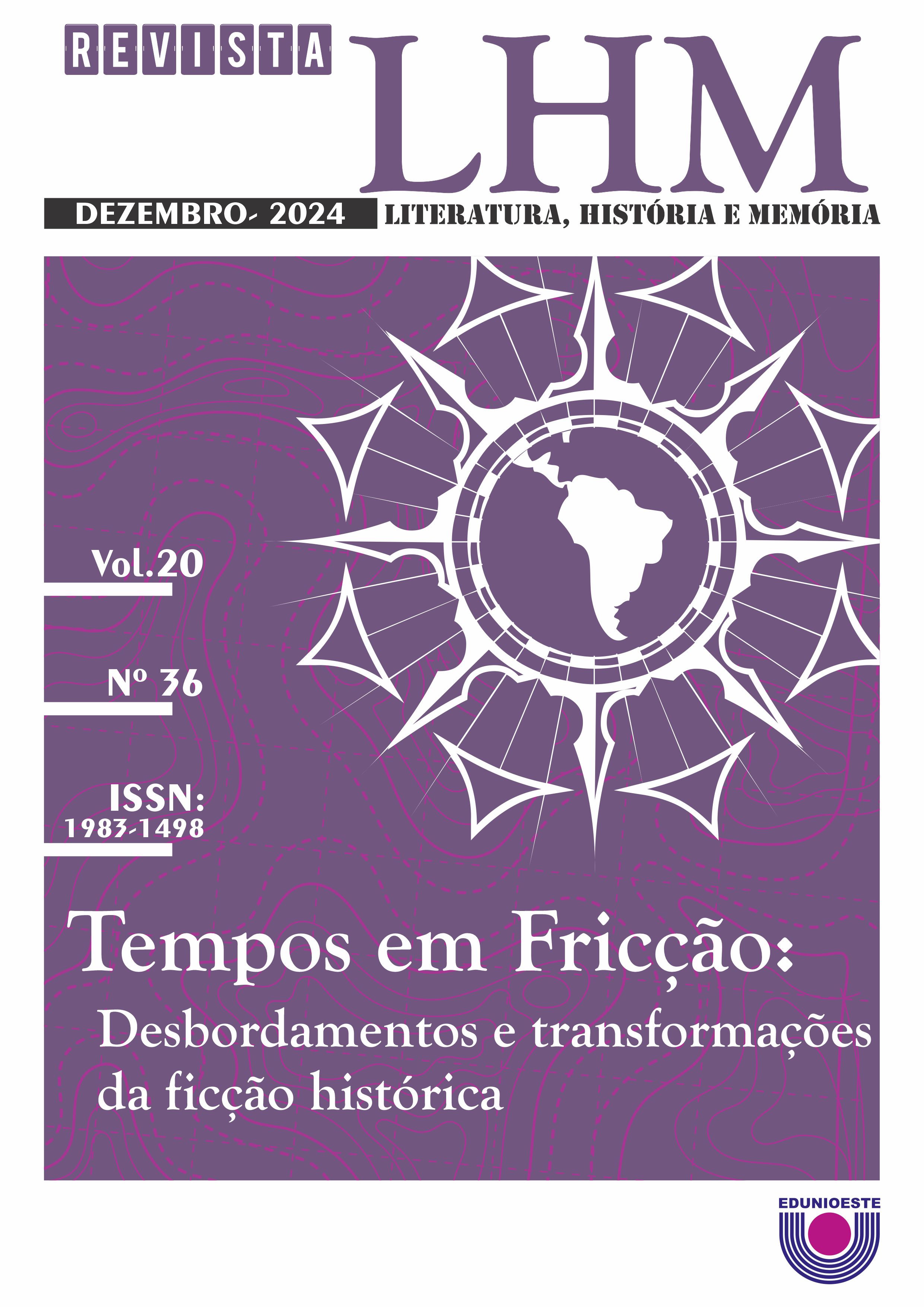Character typology, ambiguous narrative pact and contiguity of narrative universes in Roberto Bolaño's Nocturno de Chile
DOI:
https://doi.org/10.48075/rlhm.v20i36.34035Abstract
The consecration of the novel as the literary genre par excellence, since the realism of the 19th century, has accustomed us to the presence of invented characters. The referential character, common in many literary genres from Antiquity to Romanticism, suffered a kind of concealment, marginalization and disappearance for a century. With postmodern literature, this same character seems to be revitalized, if not the protagonist, in various literary subgenres, including the postmodern historical novel, autofiction, fictionalized history, fictionalized biography, etc. Even in novels that are difficult to assign generically, the reader comes across characters whose names denote, or perhaps just evoke, something known in the extraliterary universe. What's more, the typology of characters can be extremely complex, consisting of a typological variety that goes far beyond the invented and referential ones. The novel I propose to analyze here, Nocturno de Chile, by Roberto Bolaño, is an excellent example of the typological variety of characters. In this sense, after trying to propose a taxonomy of them, I will suggest some interpretative hypotheses about some of the author's onomastic choices and question current interpretations about one of the characters. The concluding remarks will be dedicated to some reflections on the repercussions that these choices may have on the narrative pact proposed in this novel and, more generally, in post-modern literature.
Downloads
Published
How to Cite
Issue
Section
License

This work is licensed under a Creative Commons Attribution-NonCommercial-ShareAlike 4.0 International License.
Aviso de Direito Autoral Creative Commons
Política para Periódicos de Acesso Livre
Autores que publicam nesta revista concordam com os seguintes termos:
1. Autores mantém os direitos autorais e concedem à revista o direito de primeira publicação, com o trabalho simultaneamente licenciado sob a Licença Creative Commons Attribution que permite o compartilhamento do trabalho com reconhecimento da autoria e publicação inicial nesta revista.2. Autores têm autorização para assumir contratos adicionais separadamente, para distribuição não-exclusiva da versão do trabalho publicada nesta revista (ex.: publicar em repositório institucional ou como capítulo de livro), com reconhecimento de autoria e publicação inicial nesta revista.
3. Autores têm permissão e são estimulados a publicar e distribuir seu trabalho online (ex.: em repositórios institucionais ou na sua página pessoal) a qualquer ponto antes ou durante o processo editorial, já que isso pode gerar alterações produtivas, bem como aumentar o impacto e a citação do trabalho publicado (Veja O Efeito do Acesso Livre).
Licença Creative Commons
Esta obra está licenciada com uma Licença Creative Commons Atribuição-NãoComercial-CompartilhaIgual 4.0 Internacional, o que permite compartilhar, copiar, distribuir, exibir, reproduzir, a totalidade ou partes desde que não tenha objetivo comercial e sejam citados os autores e a fonte.


